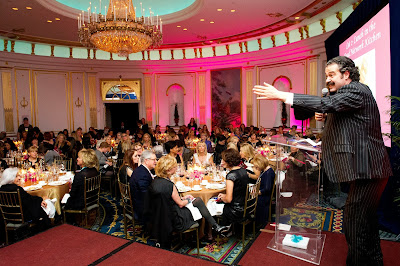Edvard Munch (1863-1944) was a Norwegian Symbolist and Expressionist painter/printmaker who, unlike the Impressionists in their focus on the natural world, looked inward to portray basic human conditions—love, jealousy, anxiety, loneliness, illness and death. Munch felt that "Art is this antithesis of nature," and he used his tumultuous and unsatisfying relationships with women and the premature loss of his mother and sister as fodder for his emotionally charged works.
In 1879, Munch began training as an engineer in Oslo but quickly changed direction to focus on painting. He adopted a bohemian lifestyle heavily influenced by local anarchist and nihilist Hans Jaeger who urged the artist to look inside himself for inspiration. He studied in Paris and worked in Berlin for a time, suffering bouts of depression and heavy drinking, often pushing himself into poor health that required him to relocate to more temperate climates for recovery.
Early reactions to Munch’s work were unfavorable and he often received quite negative reviews. When he moved to Berlin in 1892, his paintings were hung in a solo exhibition that closed after a week because of the overwhelmingly hostile reaction to his work. He did not receive any positive attention from the critics or art public until the late 1890s. By 1900, Munch found critical acceptance and acclaim in Germany and France, but was still not wholly excepted in Norway. He was included in the Secessionist exhibition in Berlin in 1902, where the rising young painters of the emerging German Expressionist movement saw his works. In 1897, he was included in the Salon des Indépendants in Paris, and would continue to exhibit there, influencing the Fauves, who invited him to exhibit with them in 1906.
Munch began making prints in 1894, while in Berlin, and became a prolific creator of etchings, woodcuts and lithographs. He would often return to motifs and subjects he addressed in his paintings and alternated media with great fluidity and skill. He created his own vocabulary of personal symbols that repeated and reformed throughout his career. Munch produced about 750 prints altogether; amounting to a total of some 30,000 impressions. The Kiss, 1895--lot 83 in our Armory Show at 100 auction--is an elegantly simplified etched variant of a painting from 1897.
Despite Munch’s rising prestige and acclaim in the art world, by 1907 anxiety and depression began to consume him and he became more self-destructive in his alcohol consumption, finally becoming so deranged that, in 1908, he committed himself to a psychiatric facility for eight months. The treatment
seemed to improve his outlook on life significantly and he became more stable, resulting in more optimistic work.
Association of American Painters and Sculptors member Walt Kuhn, traveling in Europe in search of art for the Armory Show, saw 32 paintings by Munch at the Cologne Sonderbund Exhibition of 1912. Kuhn met and became friends with Munch and the two had dinner together following the exhibition's closing. Kuhn reported, "Sonderbund great show, Van Gogh & Gauguin great! Cézanne didn’t hit me so hard. I met Munch, the Norwegian this morning—fine fellow... about 50, a tall nervous sort of fellow with a handsome head. He paints big wild figure things, very crude but extremely powerful... he is on top of the wave in Europe and I guess he can’t spare many pictures for us, however he promised me a couple.” Unfortunately, the two paintings Kuhn wanted did not make it to the Armory Show. Munch himself had to send the eight prints of his that were included, one of which was a color woodcut variant of The Kiss (priced at $200, or around $4,700 today).
The Armory Show was the first American exhibition containing works by Munch and unfortunately his prints were largely overshadowed by the arresting French paintings of Cézanne, Matisse and Duchamp. His works were hung in Gallery K and were considered complementary to Redon’s work, which was exhibited in the same room. One of the only enthusiasts of Munch’s work in the Armory Show was Carl Zigrosser, future curator of prints at the Philadelphia Museum of Art and a major contributor to print scholarship in America. He wrote, "Another of my discoveries was Edvard Munch, who was represented at the show by four woodcuts and four lithographs in color. I was so taken with the lithographs that I made tiny sketches of three of them in my catalogue. I have never lost my enthusiasm for Munch’s graphic work." It wasn’t until the Panama-Pacific International Exposition in 1915 that Munch made a true
impact on American viewers. The majority of his work is now held in The Munch Museum in Oslo. In 2012 a variant of his most famous painting, The Scream, sold at auction in New York for $119 million dollars.








+-296.jpg)



















































